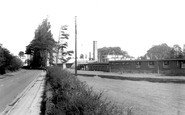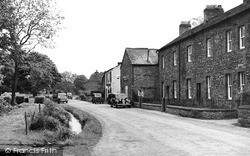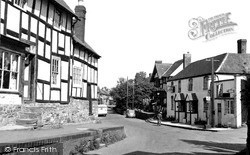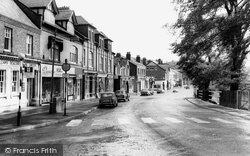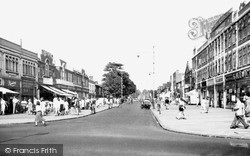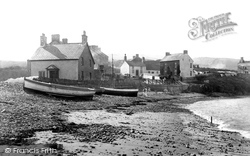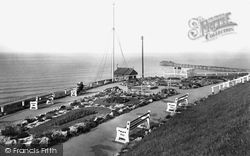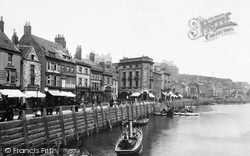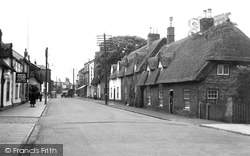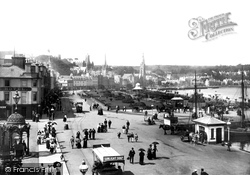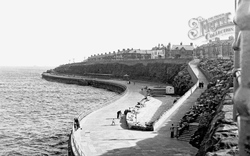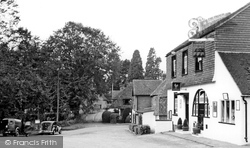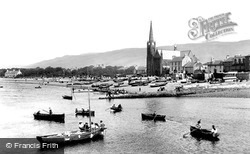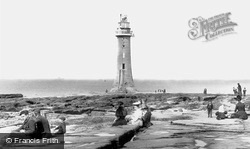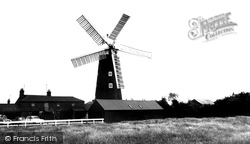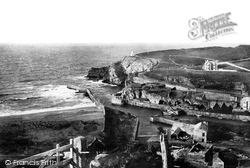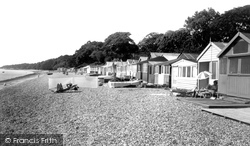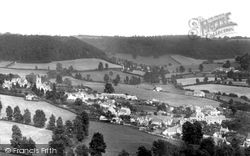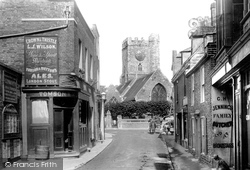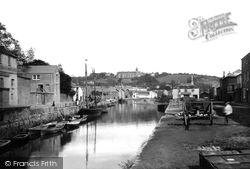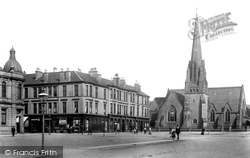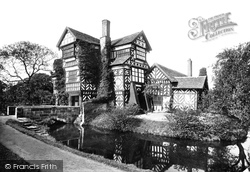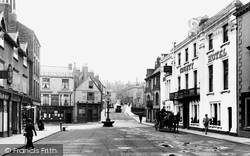Photos
Sorry, no photos were found that related to your search.
Maps
40 maps found.
Books
Sorry, no books were found that related to your search.
Memories
247 memories found. Showing results 21 to 30.
Schooling
We moved from Chelmsford to Radcliffe in 1968 - I was 2 years old. I went to Lorne Grove Nursery and my memory of that was the Rocking Horse Toy. I hated sharing it!! I was about 3 or 4 and I remember being so upset at being taken ...Read more
A memory of Radcliffe on Trent by
A Very Happy Childhood At Westbury
My name is Andy Pike, getting on a bit now but lovely to read other folks memories of Westbury. Here are a few reminiscences of my childhood in Westbury on Trym in the 50's and 60's. Maybe this will ring a few ...Read more
A memory of Westbury on Trym by
Jim's Cafe In Tottenham Hale
Does anybody remember Jim's Cafe in The Hale? Jim was a lovely old guy, quite short with white hair and ridden with Arthritis. Always had a fag in his mouth, never complained about anything, always working ...Read more
A memory of Tottenham by
The Gables Westbourne
Reading my Mother's notes in my 'Baby Book ' ,something seemingly not done nowadays, I was reminded that I was born in a Private nursing home, The Gables, Pine Tree Glen ,Westbourne in 1947. Now flats and ironically retirement ...Read more
A memory of Bournemouth by
Robarts House Lake Then Larson
Was in robarts. For 18 months 1966/67. Under lake then Larson.hated headmaster of school barsby we used to call him ticker his shoes creaked he hated me too used to pick on me reguraly. Mr and mrs ...Read more
A memory of Tiffield by
Some Historical Facts Of The Plumbs In Barroby
The newspaper published at Grantham in England, the original home of the ancestors of the well known Plumb and Parker families of Mills, Pottawattamie, Cass and Shelby Counties, recently carried a story ...Read more
A memory of Barrowby by
Electrical Shop
The shop on the corner here, was an electrical shop owned by Dyson Jones, and he used to allow some of us boys to sit in his shop to watch B/W t.v. in his shop, it was great for us whose parents could not afford such things in the 50s.
A memory of Aberaeron by
Netherthong Public Houses Part 1
This chapter is a work in progress and as it is more than the 1000 words allowed in this memory, I have split it into 2 sections. The current title is : Public House, inn, alehouse, tavern, pothouse, beer ...Read more
A memory of Netherthong by
My Links To Cheslyn Hay
I was born in 'The Lot' on Cheslyn Hay in 1950. I have been able to trace my lineage back to the 1700's through the Brough, Horton and Cadman families. The Horton family lived in all or some of the cottages in Dundalk ...Read more
A memory of Cheslyn Hay by
Frenchay Hospital, Bristol Built By The American Army
Frenchay Hospital in Bristol was built by the American Army during the Second World War. Frenchay Hospital is a large hospital situated in Frenchay, South Gloucestershire, on the (NE) outskirts of ...Read more
A memory of Frenchay by
Captions
98 captions found. Showing results 49 to 72.
Though cars were more affordable by the 1950s, engines, being thirstier by today's standards, needed more frequent refueling.
Elsewhere people paid to follow fashion and cover their houses with bricks; here that was a luxury few could afford.
The town developed in the 19th century as a suburb of Manchester for those who could afford to live away from the smoke and grime, and could also spare the time to travel.
In the centre is a motorbike and sidecar, a popular and affordable form of transport.
Some of these houses were owned by sea captains, who could afford to build a substantial two-story house. It is said that almost every boy from Borth went to sea.
Magnificent sea views are afforded from the Promenade, down the north coast in the direction of Hartlepool and beyond, hence the name of these gardens.
The second shop from the left is T E Clegg's shoe shop; how many fisher families could have afforded shoes?
The thatched cottages of one or one and a half storeys with dormer windows are more villagey in character: there are remarkably few thatched houses in towns, but in Alford even the Manor House is thatched
Rothesay is the chief town of the County of Bute, and is situated in a well-formed bay, which affords safe anchorage in high wind.
The railway also turned Whitley Bay into commuter country for those who could afford to escape the grime of Newcastle.
But in the 16th century, Alford was also a major glass-making centre. The tile-hung Crown Inn on the Loxwood Road was on the smuggler's route from Sussex to the north.
There is now a golf course here; and the shelter afforded by the Great Cumbrae makes Largs a first-rate place for boating. Largs commands a magnificent view of Arran.
The pier affords fine views of the shipping and docks of Liverpool, the Irish Sea, and the mountains of Wales.
Built in 1813 by Oxley of Alford, it is a five-sailer owned by the County Council and often open to the public.
A rough sea is coming onto the beach, but the pier affords protection to the dangerously narrow harbour entrance beneath the cliffs.
At the end of the 18th century, much of the village was in disrepair because the previous owners, the Mordaunt family, were unable to afford the upkeep towards the end of their tenure.
Calshot has long been popular with local people and holidaymakers for the views it affords of Southampton Water.
Standing some 800ft up, rising in green terraces above the village, it affords panoramic views with the erosion caused by rivers and frost action during the Ice Ages evident in the isolation of the
Alford is a most attractive small market town on the eastern edge of The Wolds, noted for its thatched Manor House in West Street, a 16th-century hall house with crosswings, all encased in brick in 1661
As a result it was afforded the rare privilege of flying the White Ensign.
Now known as Truro School, the college was founded on the hill overlooking the city 10 years before this photograph was taken, 'affording a thorough English education at a moderate cost' for up to 120
Sir James Colquhoun of Luss developed Helensburgh in the late 18th century as a residential district for those who could afford not to have to live any nearer to Glasgow than was absolutely necessary.
Its survival in its near-original form probably owes much to the fact that its owners were often very stretched for cash and could never therefore afford to alter it, add bits on to it or change it in
That at No 30 is of particular interest; it afforded the occupants the very best of views of the public hangings that used to take place on Court Green.
Places (2)
Photos (0)
Memories (247)
Books (0)
Maps (40)





